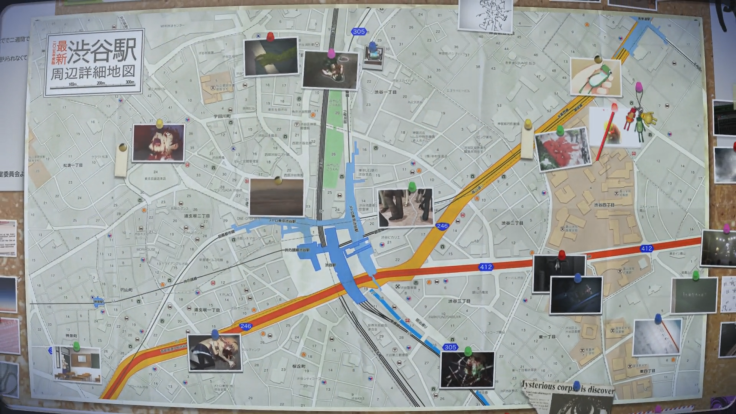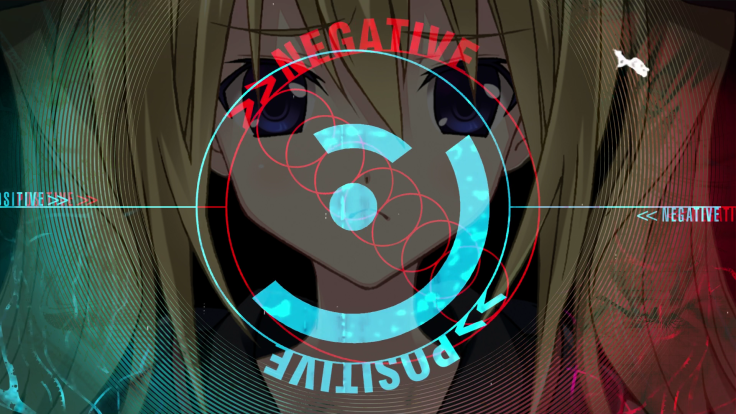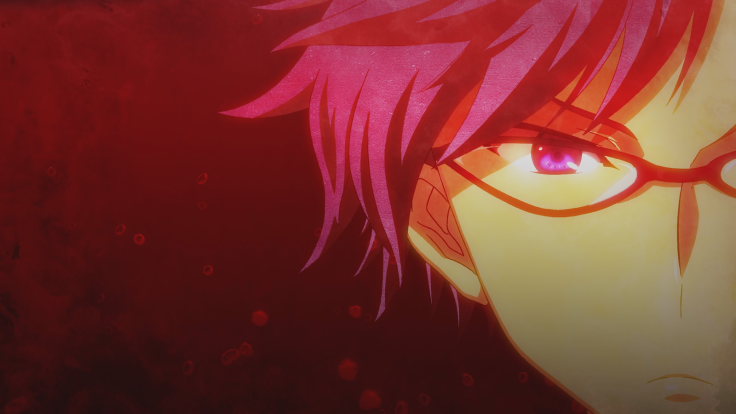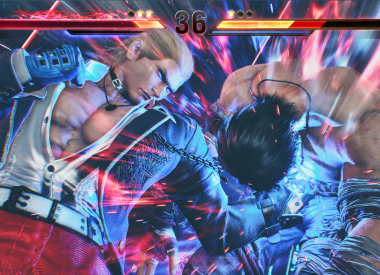Visual novels, as a genre, live and die by their story. Thankfully, Chaos;Child has a damn good one: it’s gripping, supernatural murder mystery will keep you guessing for hours on end. Though the pacing can drag at various points, elements of choice and multiple branching endings keep things engaging over dozens of hours of gameplay.
Like many things enjoyed by the Player.One staff, Chaos;Child takes place in a Japanese high school. It’s 2015, six years after a massive earthquake nearly obliterated Shibuya. Thousands died, and tens of thousands more were injured. In the intervening years, a PTSD-like ailment known as “Chaos Child Syndrome” has become common amongst young survivors of the disaster. As the story opens, a recent spate of grisly killings bears an uncanny similarity to a spree known as the New Generation Murders, which also happened six years earlier. But how is it all connected?

You hop into the role of Takuru Miyashiro, who’s hell-bent on finding out the answer to that very question. He’s president of the newspaper club and an internet forum-dwelling “right-sider” who looks down on the trivial interests of his classmates. Fascinated by the recent deaths, and urban legends in general, he’s keen to outsmart the killer and the police by solving the crime on his own. He’s helped by the other members of the newspaper club: his childhood friend Serika, best bro Itou, and bossy foster sister Nono.
Chaos;Child’s a bloody psychological thriller, and despite its sweetie-pie anime aesthetic, is not for the skittish or squeamish. The deaths in the game, while mostly shown through still images, are violent and disturbing. Tension and scary thrills are the order of the day, and numerous “oh shit” twists had me putting down my controller to step away for a few moments before diving back in.
Yet there’s still space for calmer moments to add depth and roundness to the characters. Even MMO-obsessed Hana, who spends much of the time in the background of the newspaper club room with her headphones on and only communicates by saying “Mmm,” manages to feel fully realized and interesting. You’ll spend hours learning about these characters’ backgrounds, relationships, secrets and insecurities, and you’ll have a big stake in what happens to each of them.
Chaos;Child is the fourth main entry in the Science Adventure series from developer 5pb (the best-known installment in the West is probably Steins;Gate). But it works just fine as a standalone; I hadn’t played any previous games in the series and didn’t feel like I missed out on much. There’s some background stuff that references the events of 2008’s Chaos;Head, but it seems to veer more in the direction of Easter egg than foundational, necessary information. The game features Japanese audio with English text. With the exception of an occasional typo or missing space, the localization feels natural and cohesive. It’s easy to get sucked in quickly.

The central conceit of Chaos;Child is that certain people have the power to make delusions into reality. Throughout the story, mostly when interacting with friends or others involved in the mystery, you’ll see a prompt to choose a positive or negative outcome to the current conversation or scenario. You can also do nothing, and let the moment pass unmediated. Sometimes, it seems like just a flight of fancy for Takuru -- he often imagines his female friends overcome by their attraction to him. (While acknowledges the existence of sex, there isn’t any explicit content.) Other times, it’s less clear if triggering an outcome leads to real consequences, or merely imaginary ones.
Delusion triggers come into play in more obvious ways after your first playthrough. After completing the game, you’ll open up new routes within the story, allowing you to see events from the perspectives of other characters. Each one radically alters the outcome of the story. If you manage to complete them all, you’ll get to see the game’s True Ending.
Chaos;Child’s one major shortcoming? It’s a long game, without even accounting for multiple playthroughs and alternate endings. At certain points, particularly toward the end of the main story, the plot took longer to unfold than I would have liked, with characters exasperatingly befuddled by revelations that had been pretty clearly telegraphed for a while. That said, I still couldn’t wait to see the alternate endings and spend more time with these characters. If you’re a fan of visual novels -- and you have a strong stomach and a reliable night-light -- Chaos;Child needs to be on your must-play list.
Chaos;Child is available now for PlayStation 4 and Vita. For more info about the game, check out the game’s official page from publisher PQube. You can also watch the Character Trailer for Chaos;Child below.
Will you be checking out this visual novel? If you’ve already played Chaos;Child, what did you think? Let us know your thoughts in the comments!
- Detailed, complex cast of characters
- Vivid art style and atmospheric story
- Compelling, suspenseful murder mystery
- Comprehensive in-game glossary keeps all the details straight
- Multiple endings add replay value
- One too many twists in the endgame
- Characters a bit slow on the uptake for major plot events



















